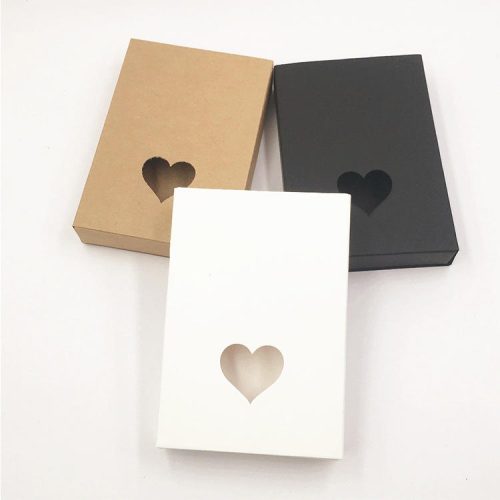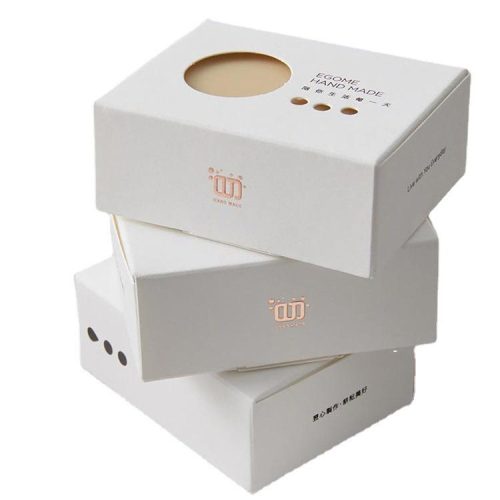The luxury packaging design process involves several stages that take a concept from initial idea to final product. Here are the steps involved in the luxury packaging design process:
- Research and Ideation: The first step is to research the market, competitors, and target audience to gain insights and inspiration. From there, designers will brainstorm ideas and develop concepts based on the research.
- Sketching and Mockups: Once the concepts have been developed, designers will create sketches and rough mockups to visualize the design and determine the best approach.
- Digital Design: The next step is to create digital designs using software such as Adobe Illustrator or Photoshop. This will allow the designer to refine the design and make any necessary adjustments.
- Prototyping: Once the digital designs are finalized, a physical prototype will be created to test the design and make any necessary adjustments. This may involve several rounds of prototyping and testing.
- Material Selection: Once the design has been finalized and tested, the designer will select the appropriate materials for the packaging. This will take into account factors such as durability, sustainability, and aesthetics.
- Production: Once the design and materials have been finalized, the packaging will be produced using a combination of manual and automated processes. This may involve specialized machinery, such as printers or laser cutters.
- Quality Control: Throughout the production process, quality control checks will be performed to ensure that the final product meets the desired standards of quality and functionality.
- Delivery: Once the packaging has been produced and quality-checked, it will be delivered to the client or to a distribution center for further distribution.
Overall, the luxury packaging design process involves several stages, from research and ideation to prototyping, material selection, production, and quality control. By following this process, designers can ensure that the final product is not only visually stunning, but also functional, durable, and environmentally sustainable.


